Article: How To Use Essential Oils On Skin?
How To Use Essential Oils On Skin?
Nature already created the solution thousands of years ago. Essential oils have transformed skin across ancient civilisations, from Cleopatra's legendary complexion to traditional healing practices still used today. The difference between success and failure? Knowing exactly how to use them safely.
Using essential oils on the skin is simple when done right. Mix 1-2 drops of essential oil with a teaspoon of carrier oil like jojoba or rosehip. Do a patch test first, then apply to clean skin using gentle, upward motions. This simple method protects your skin from irritation while delivering powerful botanical benefits.
How To Choose The Right Essential Oil For Your Skin
Skin Type Considerations (Oily, Dry, Sensitive, Combination)
-
Oily skin: Choose astringent oils like tea tree, lemon, or cypress. These regulate sebum production without stripping natural oils.
-
Dry skin: Select hydrating oils, including sandalwood, rose, or lavender. These provide moisture while supporting your skin's natural barrier.
-
Sensitive skin: Stick with gentle options like chamomile, ylang-ylang, or neroli. Avoid known irritants like cinnamon, clove, or oregano.
-
Combination skin: Apply different oils to different zones. Use balancing oils like geranium on your T-zone and hydrating oils on dry patches.
Choosing Quality and Purity
Quality indicators include:
- Latin botanical name listed on the label
- Country of origin specified
- Extraction method disclosed (steam distilled or cold-pressed)
- "100% pure" clearly stated
- Dark glass bottles protect from light degradation
Avoid oils labelled "fragrance oil," "perfume oil," or those containing synthetic additives. These lack therapeutic benefits and may irritate the skin.
Sick of playing skincare roulette? One bottle burns. Another does nothing. Who knows what's really inside? anatomē ends the confusion. Every ingredient is traceable.
[Browse Oils]
Essential Oil Application Methods
Diluting Essential Oils: Why & How
Why dilute? Undiluted essential oils are too concentrated for direct skin contact. They can cause chemical burns, severe irritation, or sensitisation that develops into permanent allergies.
Standard dilution ratios:
- 0.5-1% dilution (facial use): 3-6 drops per ounce of carrier oil
- 2-3% dilution (body use): 12-18 drops per ounce of carrier oil
- 5% dilution (localised treatment): 30 drops per ounce of carrier oil
Calculate drops precisely:
- 1 ounce carrier oil = approximately 600 drops
- 1% dilution = 6 drops of essential oil per ounce
- Adjust up or down based on sensitivity
Step-by-Step Application Process
Follow this proven method for safe, effective application:
- Step 1: Cleanse your skin thoroughly and pat dry.
- Step 2: Mix your chosen essential oil with carrier oil in the proper dilution ratio.
- Step 3: Perform a patch test if using a new oil (wait 24 hours).
- Step 4: Warm a few drops between your palms.
- Step 5: Apply gently using upward, circular motions.
- Step 6: Allow 5-10 minutes for absorption before applying other products.
- Step 7: Store unused mixture in a dark glass bottle away from heat and light.
Pro Tip:
Apply essential oils to slightly damp skin immediately after cleansing. This traps moisture and enhances absorption, maximising therapeutic benefits.
Best Body Points for Application
Strategic application amplifies benefits through aromatherapy and enhanced absorption:
- Pulse points (wrists, neck, temples): Body heat activates aromatic compounds, providing both topical and aromatic benefits.
- Behind ears: Thin skin allows rapid absorption while scent lingers throughout the day.
- Chest area: Opens airways while nourishing skin, especially beneficial for respiratory support.
- Soles of the feet: Large pores make them ideal for absorption and aromatherapy use.
- Inner elbows and knees: Warm, thin skin in these areas enhances absorption and scent diffusion.
Avoid mucous membranes, eyes, inner ears, and broken skin unless specifically formulated for those areas.
Essential Oils for Specific Skin Concerns
Acne and Blemish-Prone Skin (Tea Tree, Lemon)
Tea tree oil contains terpinen-4-ol, a compound that kills acne-causing bacteria. Research shows it's as effective as 5% benzoyl peroxide but causes less dryness and irritation.
Application method:
- Mix 1-2 drops with carrier oil
- Apply directly to blemishes using a cotton swab
- Use twice daily after cleansing
- Visible improvement is often noticed within a week or two of consistent use
Dry or Dehydrated Skin
- Lavender oil repairs damaged skin barriers, locks in moisture, and soothes inflammation. Its regenerative properties help heal dry, cracked skin faster.
- Rose hip oil provides deep hydration while improving skin elasticity. It balances moisture levels without feeling greasy, making it perfect for mature or dehydrated skin.
Hydrating blend recipe:
- 3 drops lavender
- 2 drops of rose
- 2 drops sandalwood
- 1 ounce rosehip carrier oil
- Apply morning and night after cleansing
Sensitive or Irritated Skin
Roman chamomile contains bisabolol, a powerful anti-inflammatory compound that calms redness, reduces reactivity, and strengthens sensitive skin over time.
Gentle application tips:
- Use 0.5% dilution (3 drops per ounce)
- Apply to the test area for 3 days before full face use
- Mix with calming carriers like chamomile-infused oil
- Avoid hot water and steam when using essential oils
- Wait 30 minutes after application before sun exposure
Sensitive skin throwing daily tantrums? That "gentle" cleanser left you red. The "soothing" cream made it worse. The endless cycle of hope and irritation. anatomē's Roman Chamomile was built for hypersensitive, reactive skin. Finally, relief without the "but."
[Try Chamomile for Sensitive Skin]
Safety Considerations and Precautions
Are Essential Oils Safe for All Skin Types?
Not everyone can safely use every essential oil. While generally safe when properly diluted, individual reactions vary significantly based on skin type, sensitivity, and overall health.
Your skin type determines which oils work best:
- Oily skin: Tolerates most oils well with proper dilution
- Dry skin: Benefits from gentler, hydrating oils
- Sensitive skin: Requires extra caution and lower concentrations
- Combination skin: Needs targeted application by zone
Common Risks (Allergic Reactions, Irritation, Photosensitivity)
Allergic reactions can occur even with "safe" oils. Symptoms include redness, itching, hives, or swelling. Stop use immediately if these appear.
Skin irritation results from:
- Using undiluted oils
- Applying too frequently
- Choosing inappropriate oils for your skin type
Photosensitivity affects citrus oils, especially. Lemon, bergamot, and grapefruit oils increase sun sensitivity for 12-24 hours after application, potentially causing burns or discolouration.
Patch Testing Guide
Always patch test before applying new oils to larger areas. Here's the proper method:
- Mix 1 drop of essential oil with 1 teaspoon of carrier oil
- Apply to the inside of your forearm
- Cover with a bandage
- Wait 24 hours without washing
- Check for redness, itching, or irritation
No reaction? You're safe to proceed. Any discomfort means skip that oil.
Who Should Avoid Essential Oils? (Pregnancy, Certain Health Conditions)
Pregnant women should avoid most essential oils, especially during the first trimester. Certain oils may trigger contractions or affect fetal development.
Skip essential oils if you have:
- Epilepsy or seizure disorders
- Hormone-sensitive conditions
- Blood clotting disorders
- Pending surgery (within 2 weeks)
Children under 6 months should never be exposed to essential oils. Young children require significantly reduced concentrations, typically 0.25% dilution versus 1-2% for adults.
Combating Common Myths and Misconceptions
Essential Oil Safety Myths
-
Myth: "If it's natural, it's safe."
Reality: Natural doesn't equal safe. Poison ivy is natural, but definitely not safe for the skin. Essential oils are potent chemical compounds requiring proper handling.
-
Myth: "You can apply essential oils neat (undiluted)."
Reality: Undiluted application causes irritation, sensitisation, and potential allergic reactions. Always dilute essential oils before skin contact.
-
Myth: "More oil means better results."
Reality: Higher concentrations increase risk without improving effectiveness. Proper dilution maintains therapeutic benefits while ensuring safety.
-
Myth: "All essential oils work the same way."
Reality: Each oil has a unique chemical composition and effects. What works for acne might worsen dry skin and vice versa.
-
Myth: "Essential oils can replace medical treatment."
Reality: Essential oils complement healthcare but don't replace professional medical advice or treatment for serious conditions.
Top 3 Essential Oils from anatomē
Somali Frankincense
anatomē's Somali Frankincense blend quiets overactive thoughts while delivering powerful skin benefits. This sacred oil has been treasured for thousands of years for its remarkable healing and anti-ageing properties.
Skin benefits:
- Supports healthy cell turnover for smoother, more youthful-looking skin
- Fades age spots and hyperpigmentation
- Tightens and tones skin naturally
- Reduces inflammation and redness
- Helps support the skin’s natural barrier and moisture retention
The anatomē formula combines pure Somali Frankincense with 28+ natural extracts, creating a synergistic blend that works harder than single oils alone. Applied to sensory points, it conditions both mind and skin for complete wellness.
Best for: Mature skin, uneven tone, fine lines, stressed skin conditions.
Roman Chamomile
anatomē's Roman Chamomile blend eases restlessness while providing gentle, effective skincare for sensitive and reactive skin types.
Skin benefits:
- Calms irritation and reduces redness immediately
- Soothes eczema, rosacea, and inflammatory conditions
- Accelerates healing of minor wounds and burns
- Strengthens capillaries to reduce visible veins
- Provides antioxidant protection against environmental damage
This carefully crafted formula works on both physical and emotional levels. The Roman Chamomile soothes skin sensitivity while the aromatic compounds calm nervous system responses that can trigger skin reactions.
Best for: Sensitive skin, rosacea, eczema, reactive skin, post-procedure healing.
Lavender Complex
anatomē's Lavender Complex calms stressed minds while delivering comprehensive skincare benefits. This is a blend using premium Cornish Lavender enhanced with complementary botanicals.
Skin benefits:
- Balances oil production for clearer skin
- Accelerates healing of acne, scars, and blemishes
- Provides powerful antimicrobial protection
- Reduces inflammation and swelling
- Promotes cellular regeneration and renewal
The Lavender Complex formula works through aromachology, the science of how scent shapes the mind. As it improves your skin, it simultaneously reduces stress hormones that contribute to skin problems, creating a positive cycle of improvement.
Best for: Combination skin, stress-related breakouts, scarring, and unbalanced skin tone.
Takeaway
Learning how to use essential oils on skin safely opens doors to natural, effective skincare that works with your body's wisdom. The right essential oil, properly diluted and consistently applied, can transform your skin naturally without harsh chemicals or synthetic fragrances.
How many more disappointments before you find what works?
anatomē isn't another skincare brand with big claims. We're what you find when everything else fails. Every formula is packed with 100% natural extracts working in perfect sync. Stop wasting time on mediocre products. Your skin's been waiting for anatomē.
Important FAQ's
Q1. Can you apply essential oils directly to your skin?
No, essential oils should always be diluted with a carrier oil before applying to your skin. Undiluted oils may cause irritation or allergic reactions due to their highly concentrated nature.
Q2. What is the safest way to use essential oils on the skin?
Mix 1–2 drops of essential oil with a teaspoon of carrier oil and do a patch test first. If there's no reaction after 24 hours, you can safely use it on larger areas of skin.
Q3. Which essential oils are most recommended for skin care?
Lavender, tea tree, and frankincense oils are commonly recommended for skincare. They offer soothing, anti-inflammatory, and antibacterial properties that benefit most skin types when properly diluted.
Q4. Do essential oils clog pores?
Most essential oils do not clog pores when properly diluted, but some oils or carrier oils can cause breakouts. Choose non-comedogenic options and consult your dermatologist if you have sensitive or acne-prone skin.
Q5. How do I blend essential oils for maximum skin benefit?
Start with a 1% dilution ratio for facial application, about 5 drops of essential oil per ounce of carrier oil. Adjust the concentration based on your skin sensitivity and the intended use of the blend.



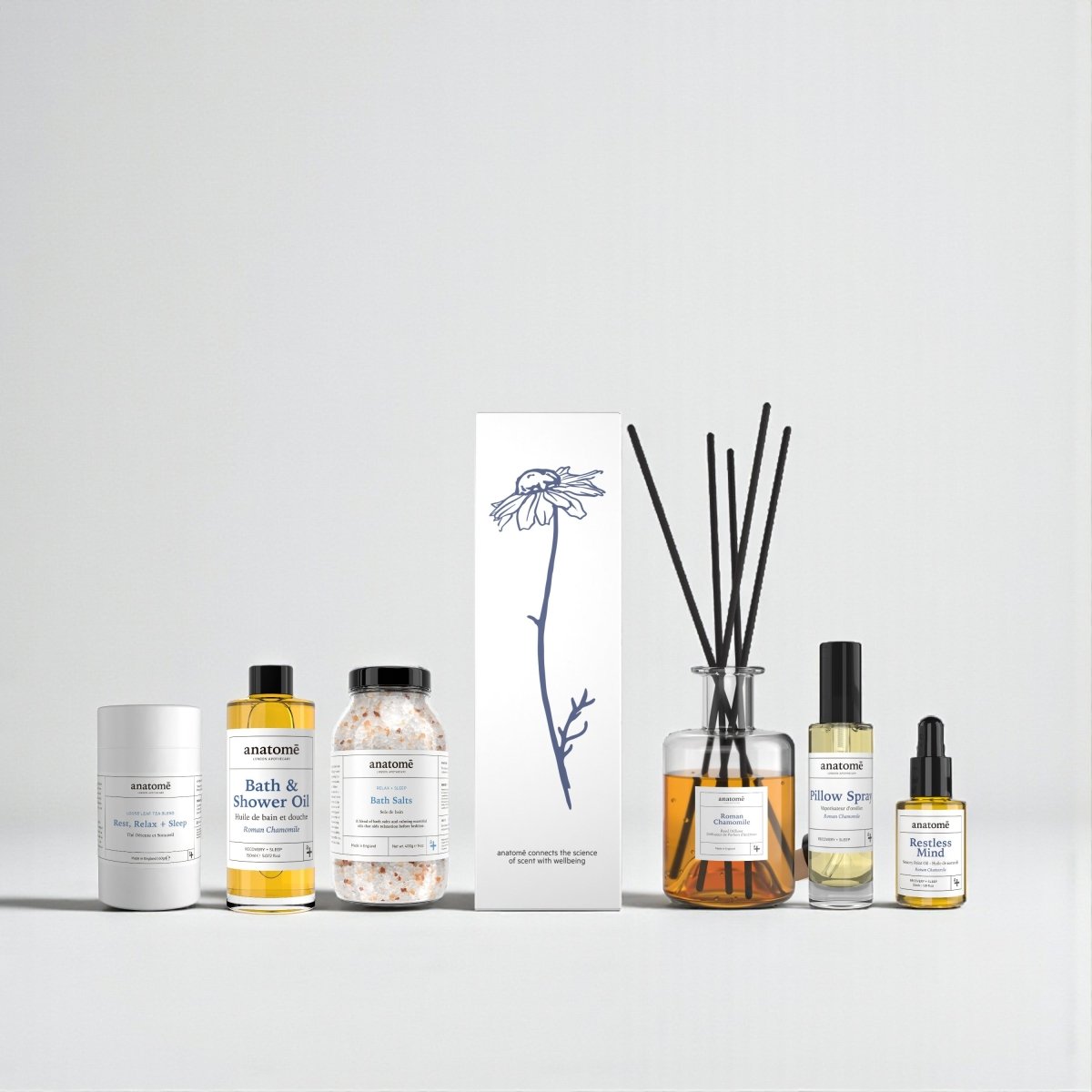

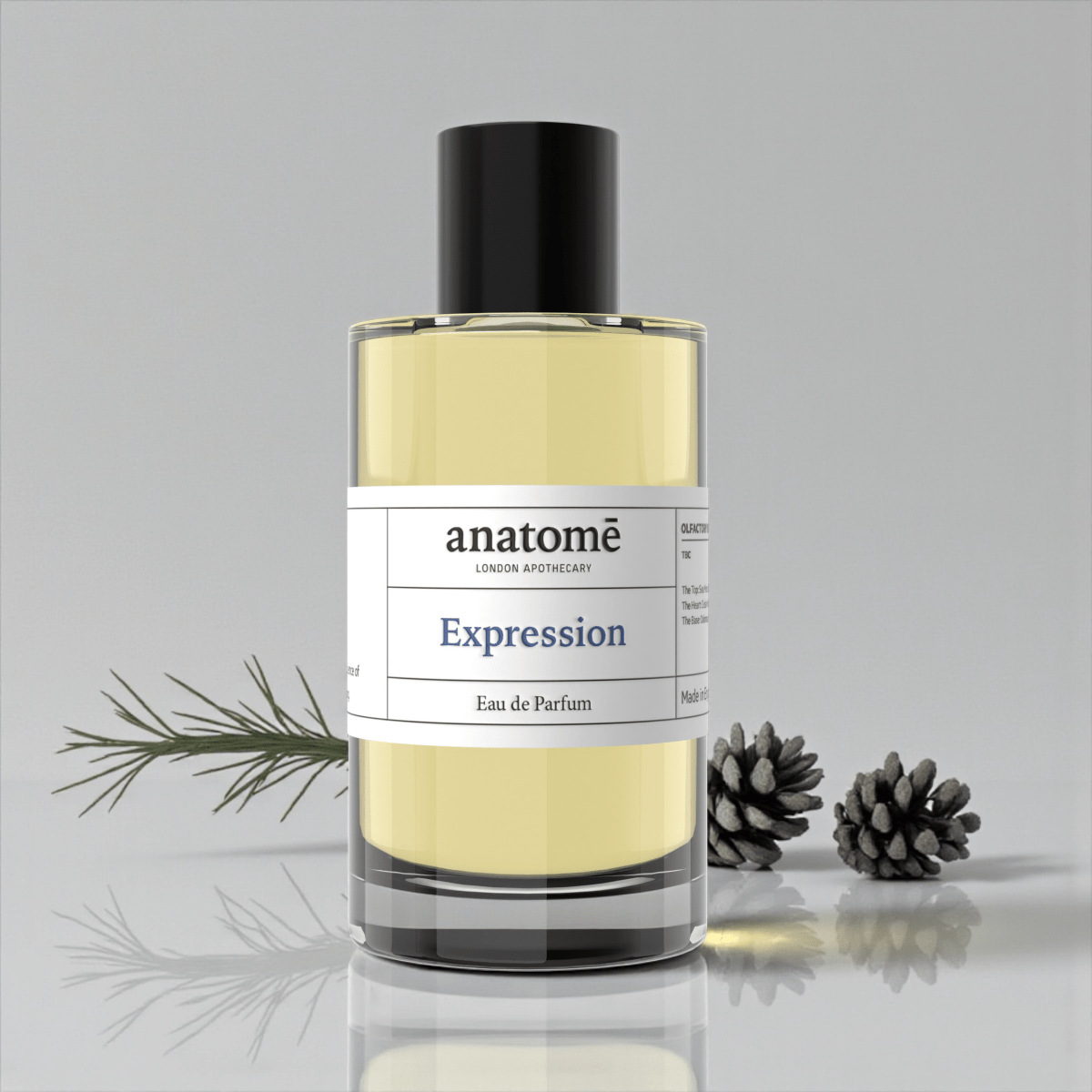

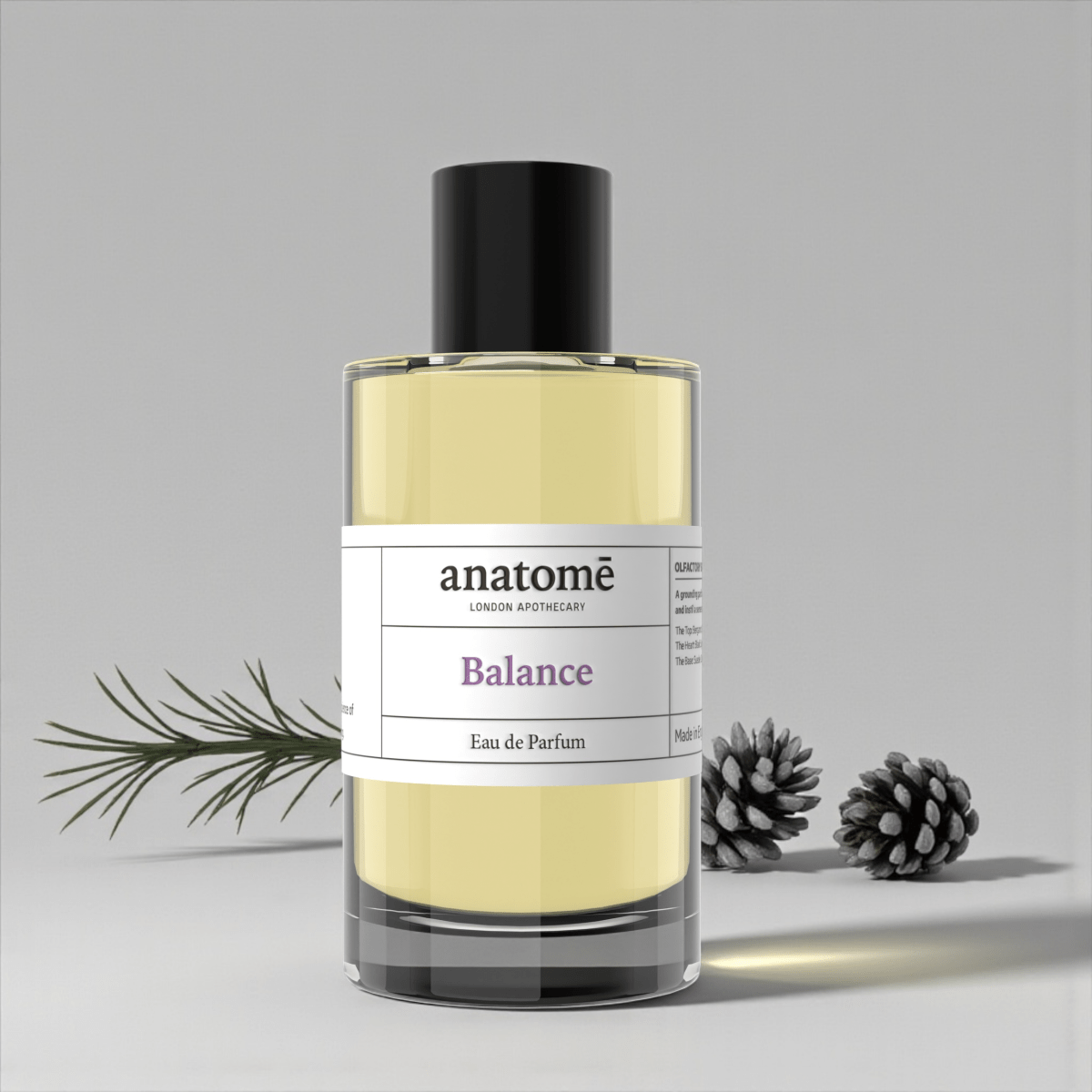
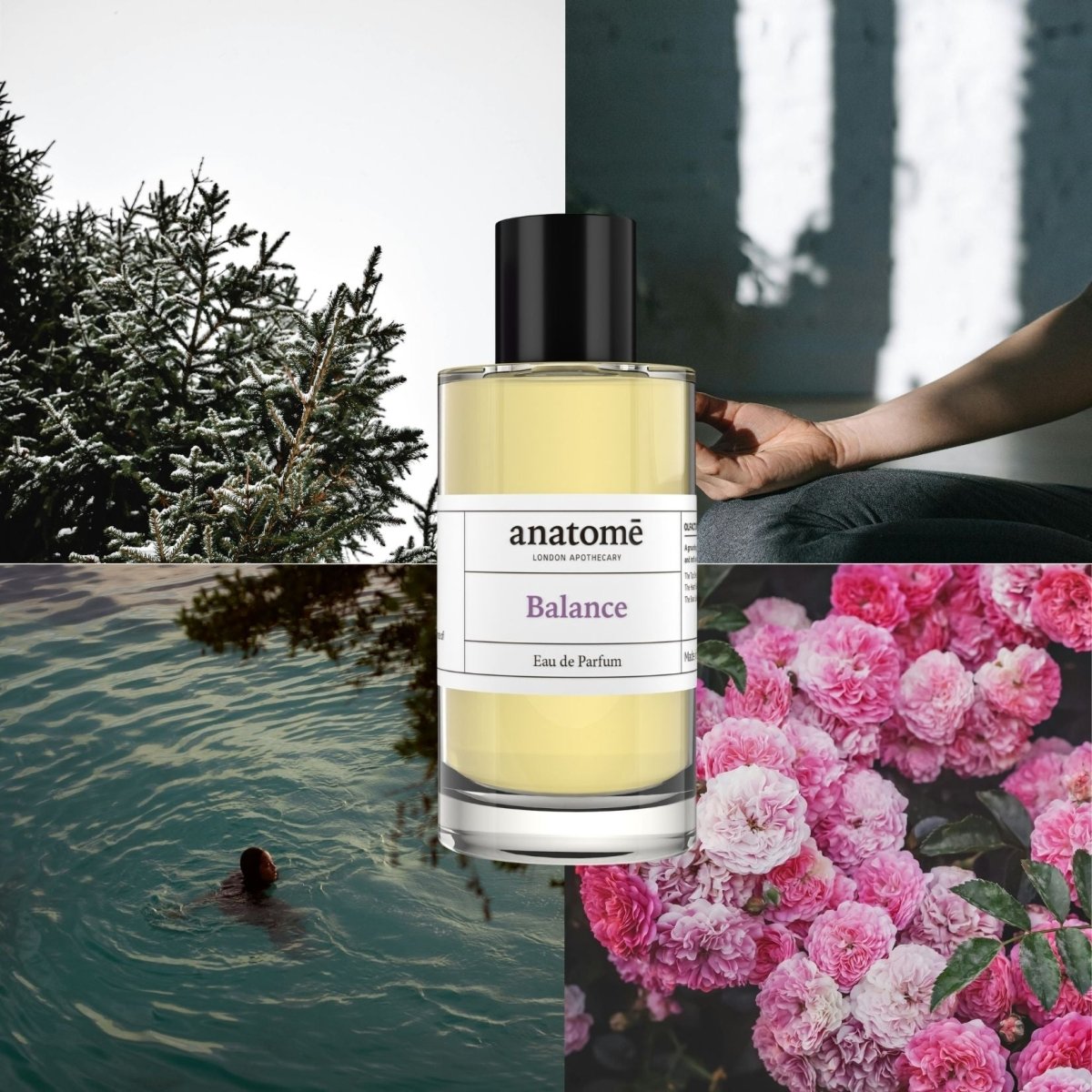
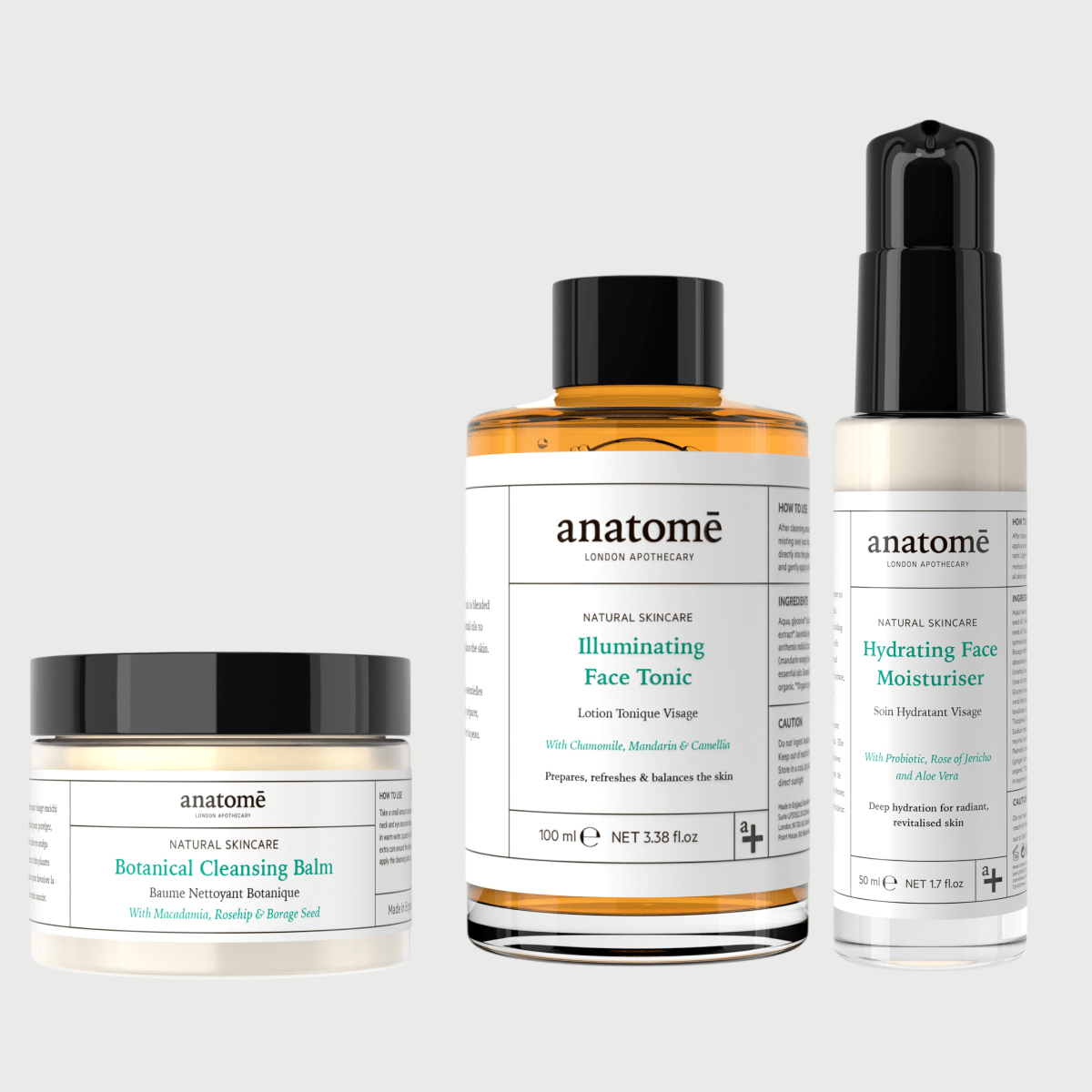
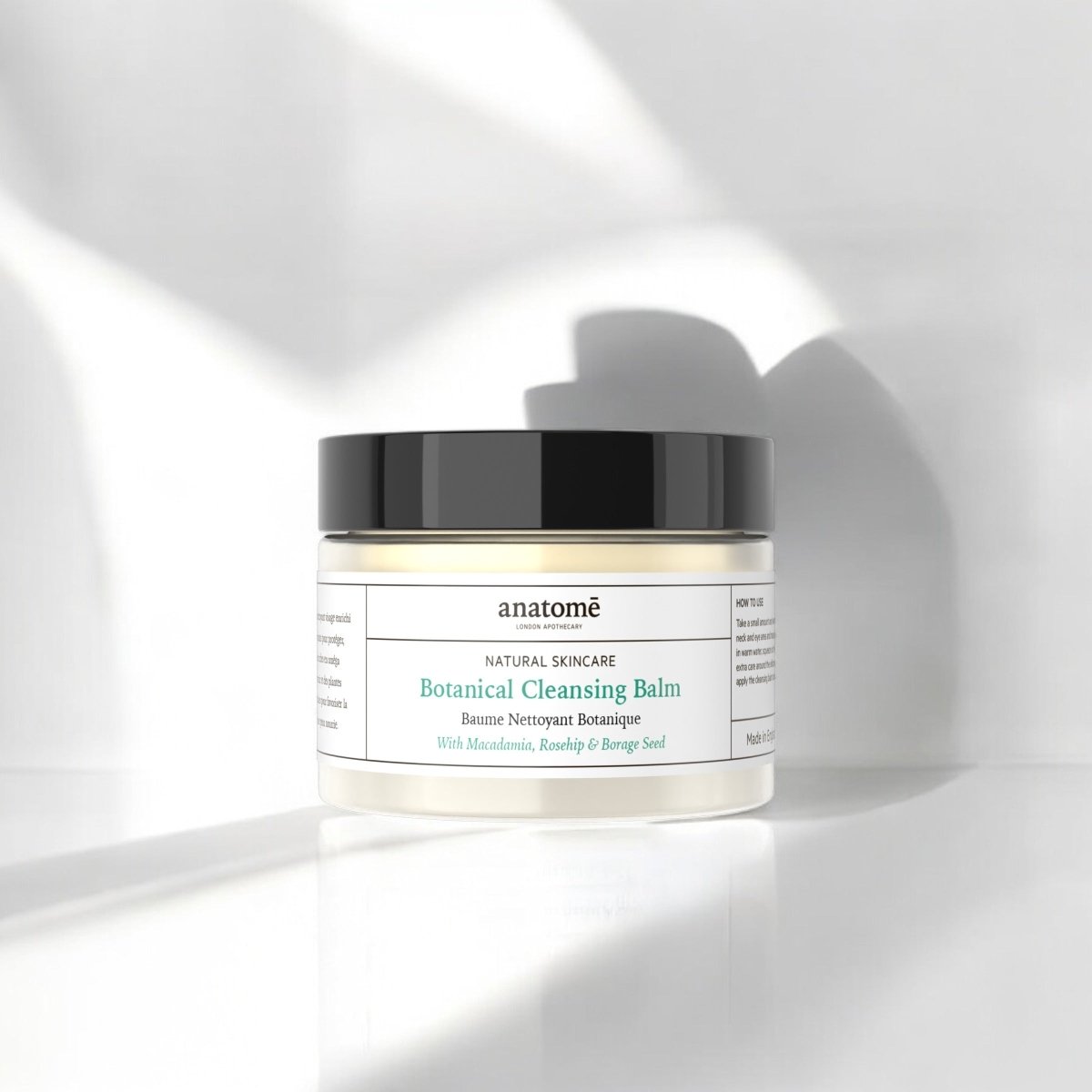

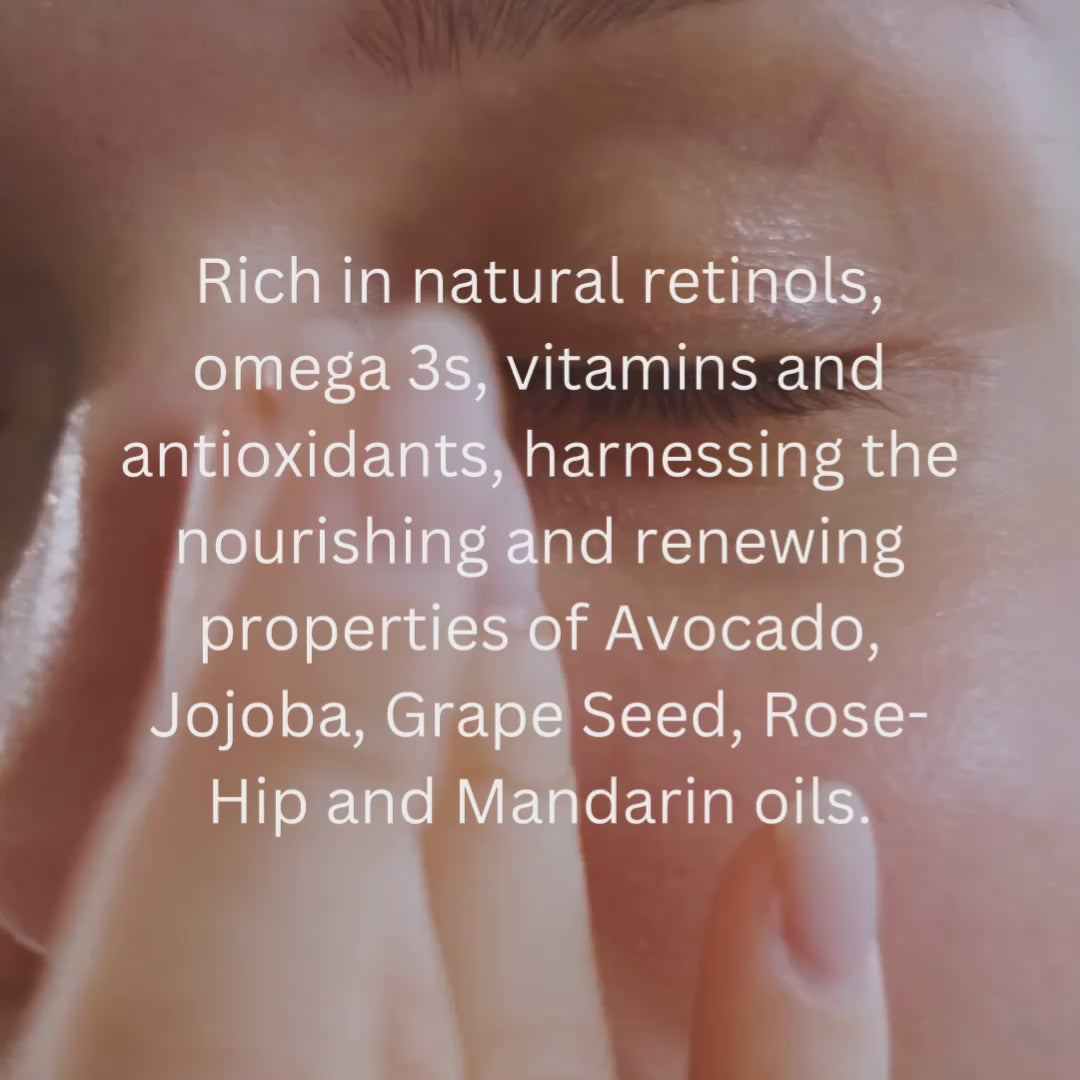




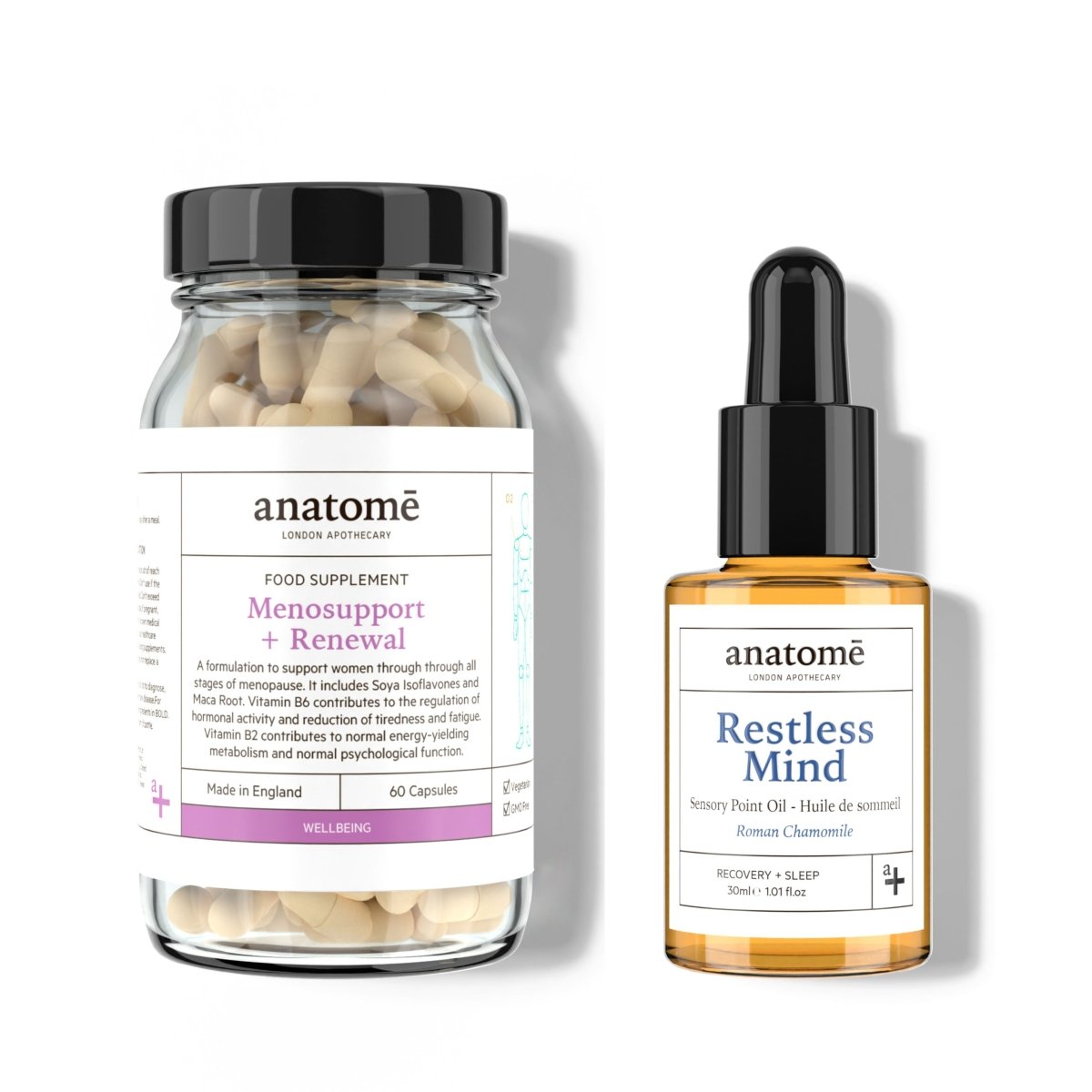

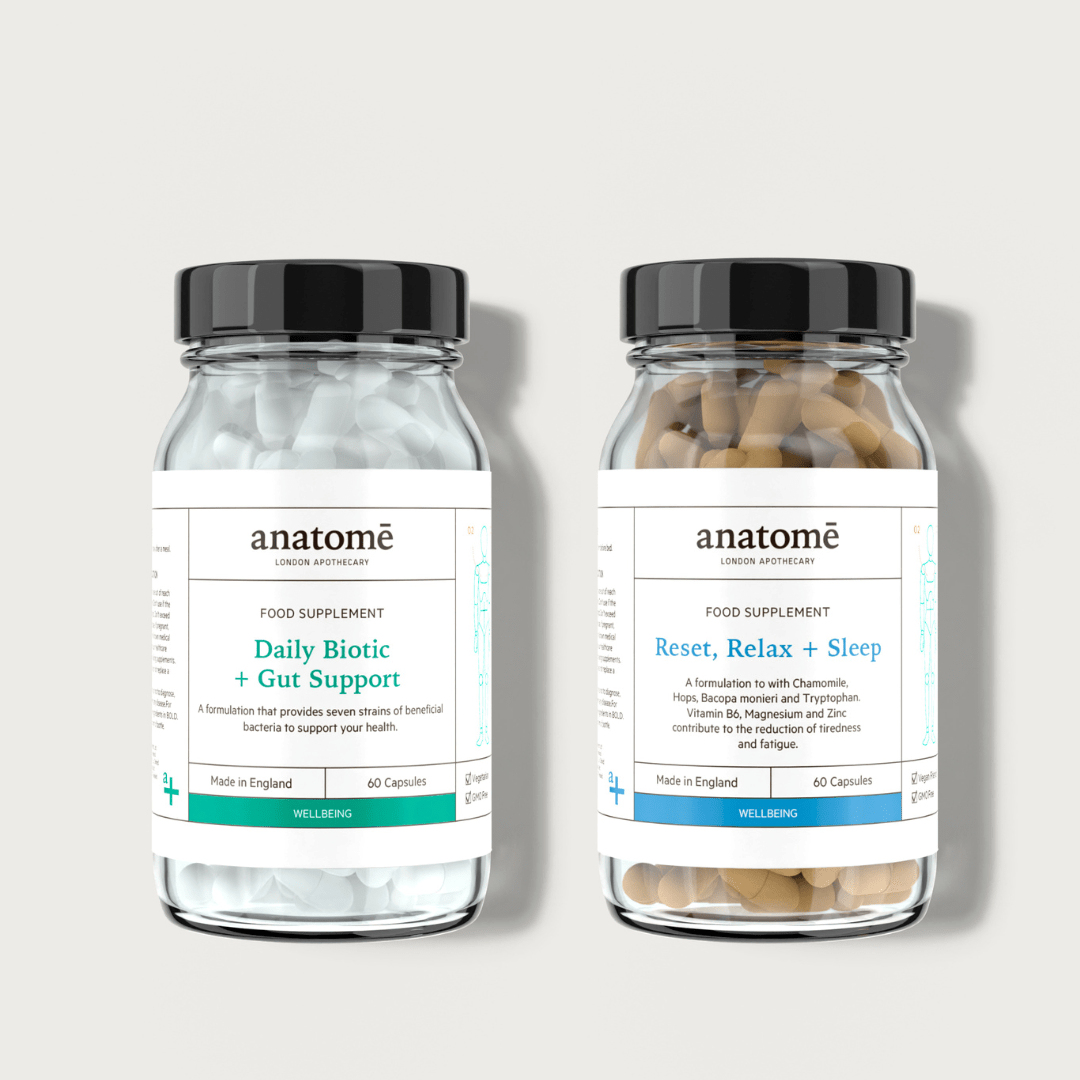


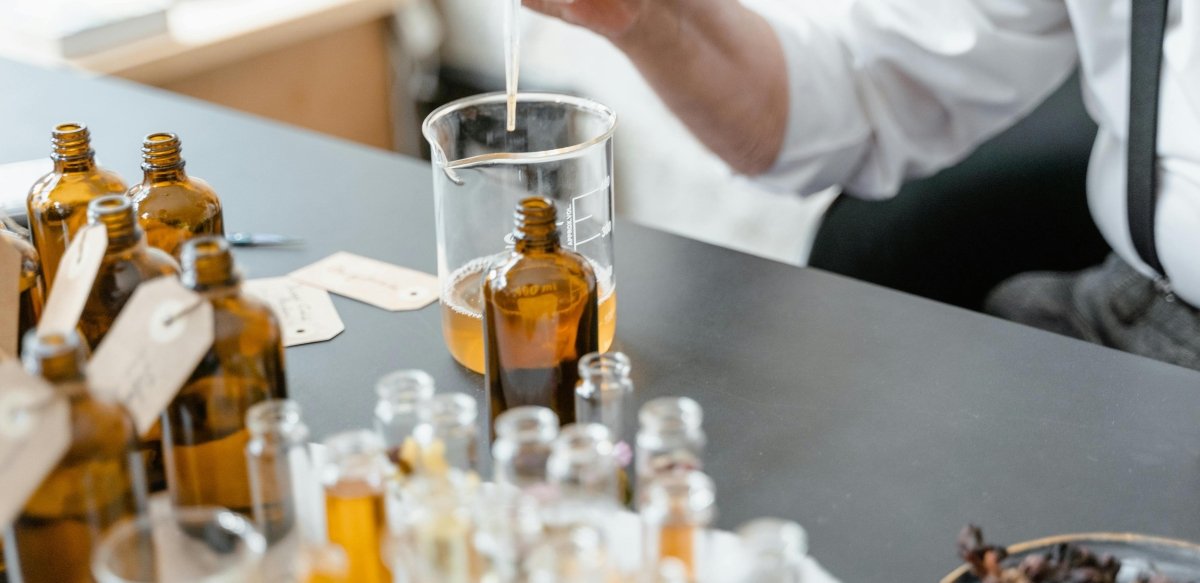




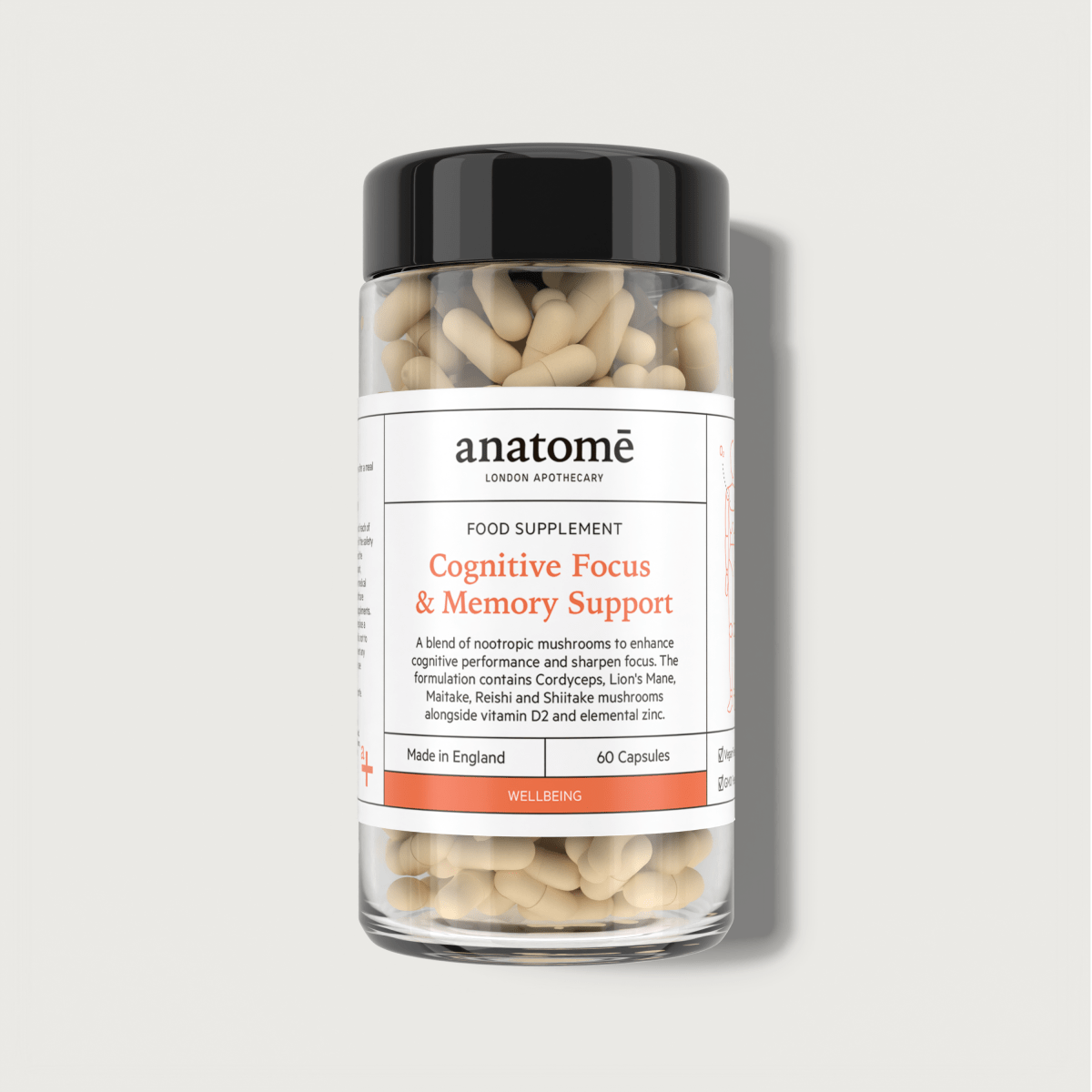
Leave a comment
This site is protected by hCaptcha and the hCaptcha Privacy Policy and Terms of Service apply.